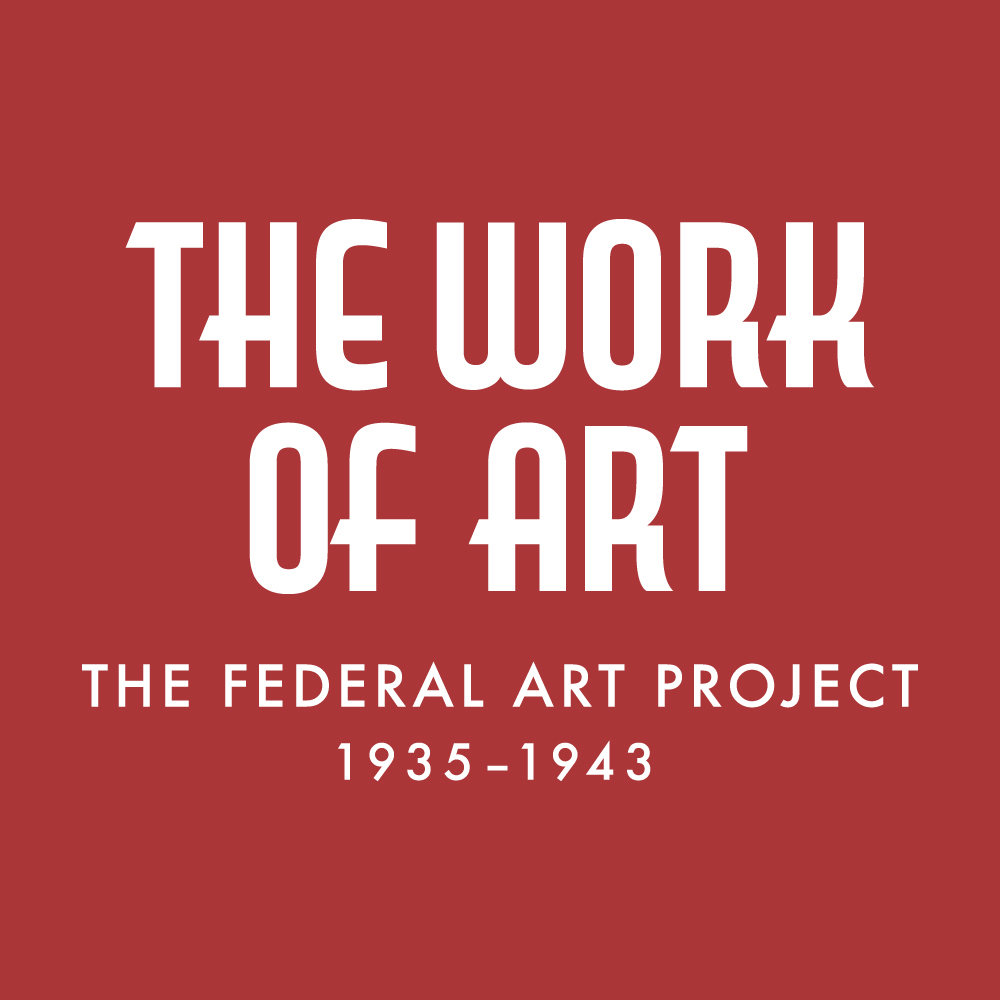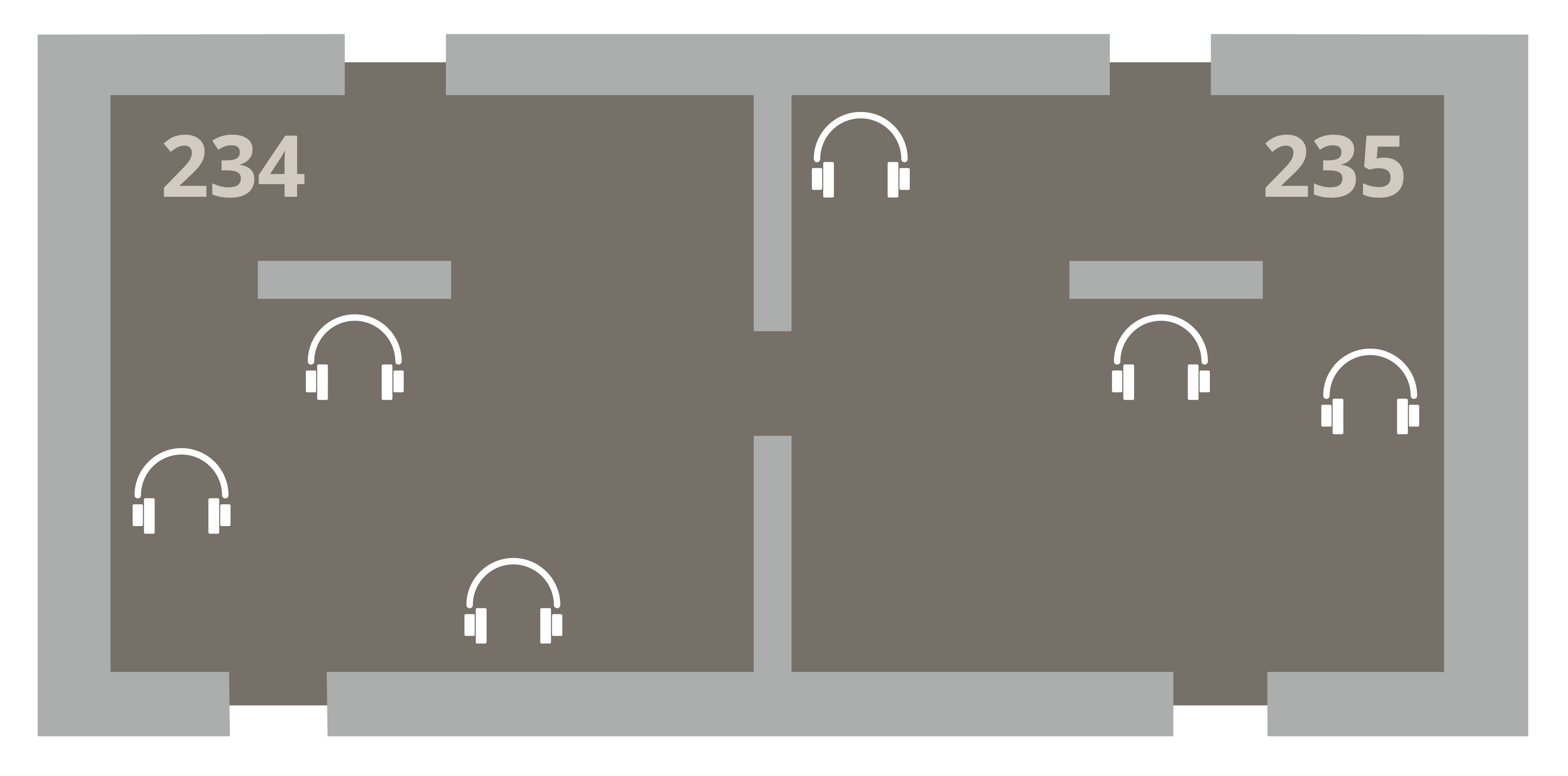Allan Rohan Crite, American, 1910–2007; associated with Federal Works Agency, Work Projects Administration, Washington, D.C., active 1935–1943; Douglass Square, 1936; oil on canvas-covered artist's board; 23 1/2 x 27 inches; Saint Louis Art Museum, Gift of the Federal Works Agency, Work Projects Administration 354:1943
During the Great Depression, President Franklin D. Roosevelt’s New Deal initiated a series of nationwide support programs for the visual arts. The largest and most ambitious program, the Federal Art Project (FAP), put more than 10,000 artists to work. Hear from curators, a conservator, and Museum educators highlighting a selection of artwork from this exhibition.
-
Access and Assistance
Free Public Wi-Fi
The Saint Louis Art Museum offers free Wi-Fi to visitors. From your device, access the SLAM_GUEST network.
Large Print Labels
Large-print labels are available on your own device and upon request at the Taylor Hall Welcome Desk.
AUDIO GUIDE TRANSCRIPT
The audio guide transcript is available to view on your own device.

Introduction
- Transcript
Speakers
Amy Torbert
Andrew W. Mellon Foundation Associate Curator of American Art
Saint Louis Art Museum
Clare Kobasa
Associate Curator of Prints, Drawings, and Photographs
Saint Louis Art Museum[Amy]
Hello, my name is Amy Torbert, and I am the Andrew W. Mellon Foundation Associate Curator of American Art.[Clare]
Hello, my name is Clare Kobasa, and I am the associate curator of prints, drawings, and photographs.We are delighted to welcome you to The Work of Art: The Federal Art Project, 1935–1943. This exhibition presents a selection of prints, drawings, and paintings produced under the Works Progress Administration’s (WPA) Federal Art Project (FAP). Organized geographically, the works reveal the use of the arts as a bridge between communities near and far. We invite viewers to appreciate this ambition to circulate artists’ work widely as both inspiration and models for audiences and students.
[Amy]
This exhibition explores how artists working in this moment experimented in all kinds of exciting ways. We are grateful for the support of colleagues in conservation who researched and revealed these processes, especially associate paper conservator Sophie Barbisan, from whom you will also hear on this audio guide.[Clare]
Art and learning feel inextricably linked in many vibrant and generative ways in this exhibition. These connections emerged in large part thanks to the crucial contributions of educators Kira Hegeman and Latausha Cox from Learning and Engagement, who are also featured on this audio guide.We came to this project from different directions but united by a desire to share stories of art making that expanded the definitions of who can be an artist. I was particularly fascinated by the spaces of the print workshop and the visible traces of learning from each other that appeared across various artists’ work.
[Amy]
I came upon our unusual group of drawings by children and explored the idea that art can inform the lives and careers even of those who do not become professional artists.As much as this exhibition is about the many stories of individual artists, it is even more about the possibilities that emerge when their work is shared. We invite you to become another link in that chain as we contemplate how art and community enrich one another.
- Gallery Text
The Work of Art, The Federal Art Project, 1936-1943
During the Great Depression, President Franklin D. Roosevelt’s New Deal initiated a series of nationwide support programs for the arts. The largest program, the Federal Art Project (FAP) of the Works Progress Administration (WPA), put more than 10,000 artists to work. Their art, in turn, decorated municipal spaces, circulated through exhibitions, and was distributed to institutions across the United States. These galleries present highlights from the allocation of 256 prints, drawings, watercolors, and paintings that FAP administrators sent to the Saint Louis Art Museum in 1943 when the program ended.
The FAP sought to broaden opportunities to create and encounter art. Funding supported artists active in many different communities, some of whom had historically not received such assistance. The Museum’s allocation includes significant works by Asian American, Black, female-identifying, and immigrant artists. Within the FAP, artists pursued their own ideas about making art, enabling them to share their personal viewpoints and experiences.
Between 1935 and 1942, the FAP opened offices throughout the United States. The works in this exhibition are arranged by their place of production to offer a perspective on the country’s multifaceted artistic landscape. Some cities are represented in depth, while smaller groupings demonstrate the richness of others. These proportions reflect the makeup of the Museum’s allocation. From the vantage of St. Louis, the exhibition celebrates the wide-ranging power of art to take root in individuals’ lives and contribute to the vitality of communities.
